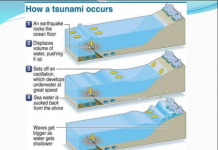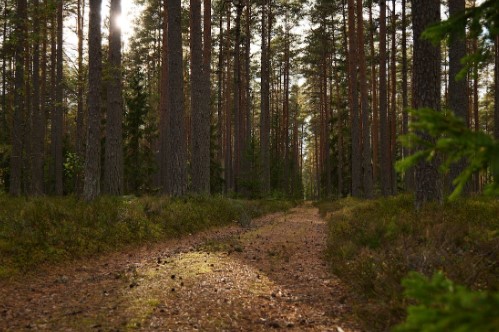Icecaps and Glaciers are fascinating natural phenomena. They are also critical for life on Earth. That’s why it’s important to learn more about them. There are different types of ice caps and glaciers. Some are large, some are small, and some are very small. They’re all interesting, but not everyone knows what they are. The Earth has many different features that are worth learning about. Icecaps and Glaciers are two of them.
Gravitation movements are evidenced in glaciers (recrystallized snow) of any permanent ice mass. The ice caps are big, dome-shaped bodies of ice and snow that flow drastically outward over mountains.
Many of the ranges in which they occur include the Kenai and Chugach Mountains in Alaska, the Andes, and many of the ranges in the Alpine and Himalayan systems. A typical ice cap is smaller than 20,000 square miles (50,000 square kilometers), whereas an ice sheet is larger. While many people know that climate change is real, few realize the extent of the threat that is coming.
The ice sheets that cover Greenland and Antarctica are continent-sized masses of ice. As ice sheets and glaciers make up 95 percent of all the ice on the planet. As ice sheets melt due to global warming, sea levels will rise by 230 feet (70 m).
Despite the massive ice cap covering much of Antarctica, only the peaks of the Transantarctic Mountains can be seen poking through the continent’s center. Several ice shelves around this ice cap have collapsed, forming icebergs that are moving northward and causing hazards to ships. Currently, the sea level is rising, partially because of the melting of the Greenland and Antarctic ice sheets.
Our planet is currently undergoing an interglacial stage of an ice age, and since the last glacial maximum 20,000 years ago, sea levels have risen nearly 400 feet (120 meters), and about six inches (15 cm) in the past 100 years. It is estimated that the sea level is rising at a rate of an inch (2.5 cm) every 10 years. 230 feet (70 meters) of sea-level rise would result if all the glaciers in Greenland and Antarctica melted, inundating most of the world’s major cities and submerging large portions of the continents.
In many coastal regions of the world, there is a rapid increase in population density. The current sea level is about 3.2 feet (1 meter) below the current sea level. An economic and social disaster of the magnitude never seen in the history of civilized society could occur if sea levels rise quickly and significantly.
Water tables would rise, and many areas would suffer permanent flooding or storm inundation. Beach erosion would speed up, and storm surges would increase. As a result of these differences, the Greenland ice sheet and Antarctic ice sheet react to air and water temperature changes differently. There are about ten times as many ice sheets in Antarctica as there are in Greenland, and since Antarctica lies on the South Pole, it has its own climate.
Antarctica is mostly a cold desert with low precipitation rates and evaporation potential, even during summer. There are cold seas surrounding Antarctica even in summer. There is relatively little water running off into the sea in Antarctica due to the majority of meltwater seeping into the underlying snow and refreezing. It is believed that glaciers in Antarctica are moving up to a thousand feet per year, feeding several large ice shelves.
Antarctica loses ice primarily as a result of the calving of ice shelves and basal melting of the ice shelves at 10 to 15 inches (25 to 38 cm) a year. Greenland, on the other hand, is affected by warm North Atlantic currents and by its geographic location. The ice core data from Greenland’s ice cap shows that the world’s climate has fluctuated considerably over time, measured in cycles of years and decades.
There are few ice shelves in Greenland, which also experience significant summer melting and abundant snowfalls. Ice shelves are moving as fast as a mile a year. Greenland’s glaciers can drain a large volume of ice very quickly thanks to their fast movement. There has been an average loss of 15–20 feet (4.5–6 m) of ice along Greenland’s edges over the past decade.










